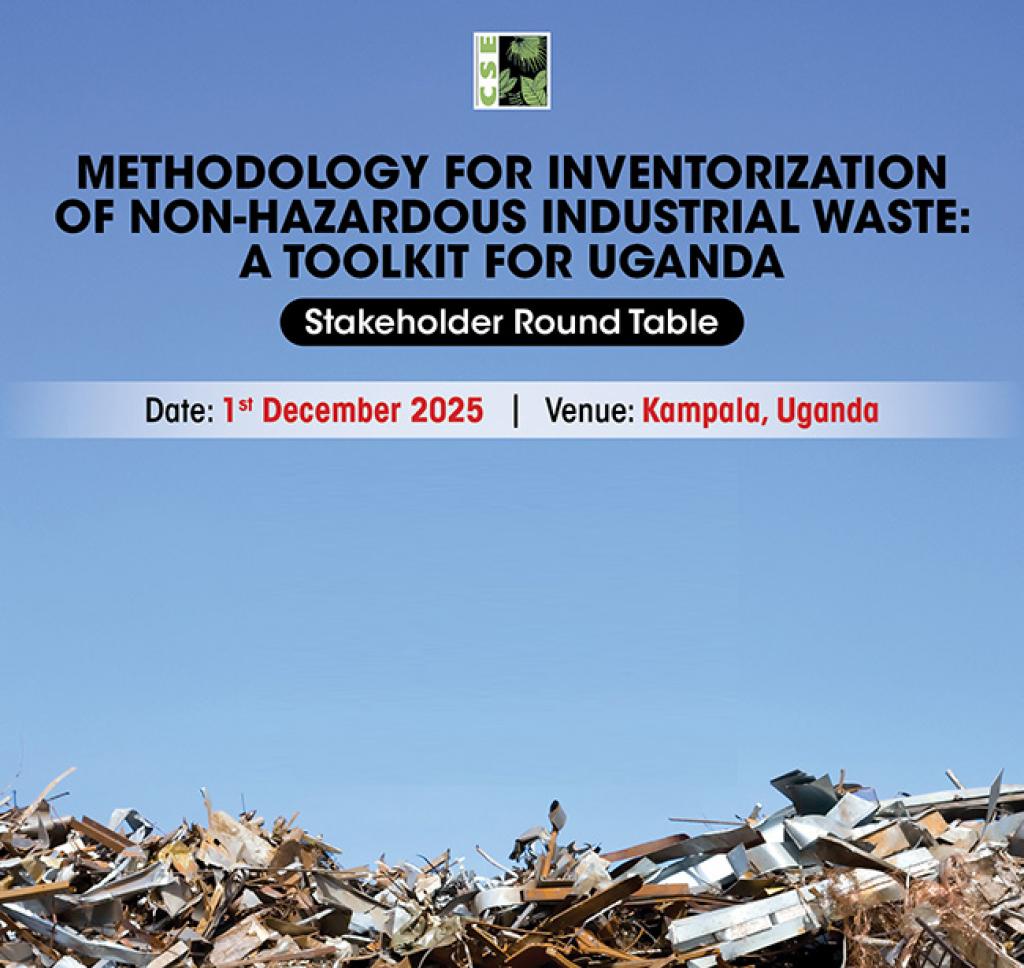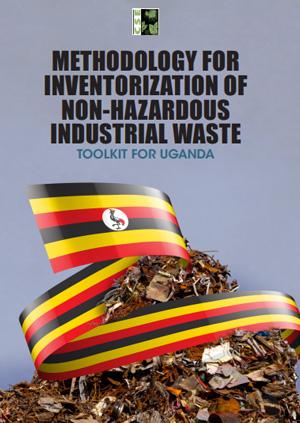Stakeholder Roundtable on Methodology for inventorization of Non-Hazardous Industrial waste
The rising tide of waste generation in Africa due to rapid industrialization and the absence of proportionate waste management practices has resulted in burning or dumping of the continent's 90 per cent waste contributing to 19 of the world’s 50 largest dumpsites. Although the majority of this waste is non-hazardous in nature, due to its high volume and non-biodegradable nature it requires proper management. Such kind of waste also holds significant utilization potential and the ability to play a vital role in advancing circularity principles, however millions of tonnes of reusable material are lost each year, due to the unavailability of the information on the quantum generated.
Centre for Science and Environment has developed a toolkit that aims to offer a practical step-by-step robust methodology to help policymakers, regulators, and industries quantify and map non-hazardous industrial waste, even in data-scarce contexts. It also illustrates how early inventorization can help countries integrate circular economy principles by turning industrial wastes into valuable resources rather than environmental burdens.


Share this article